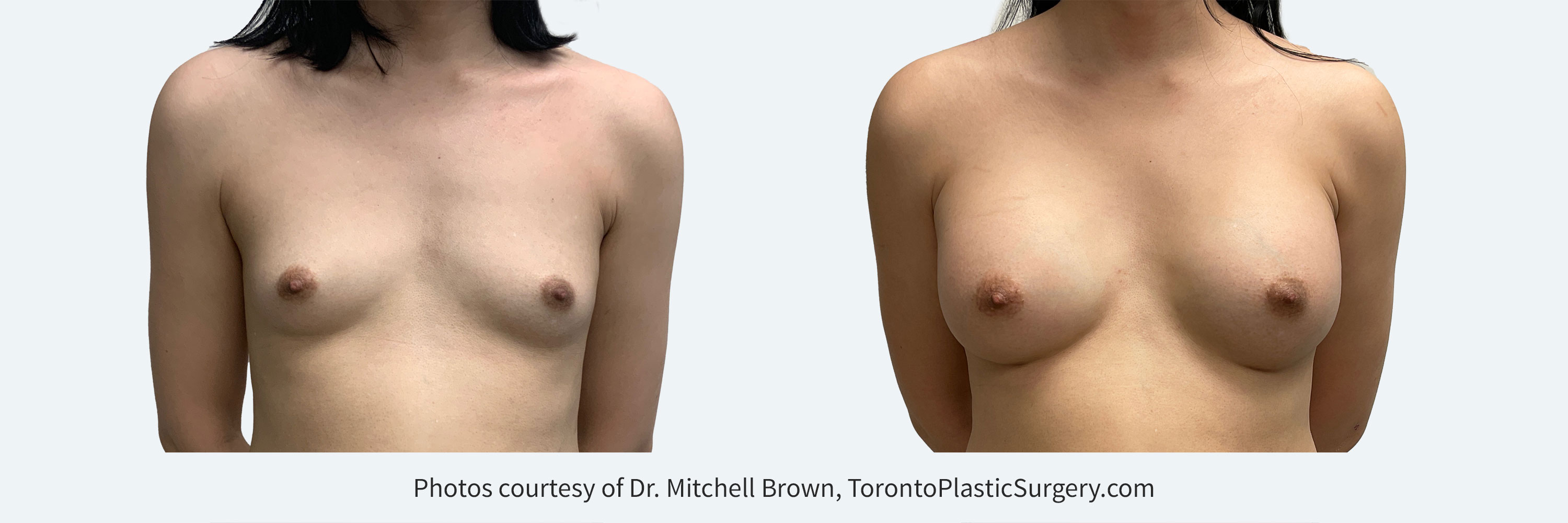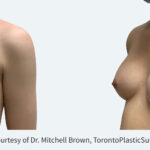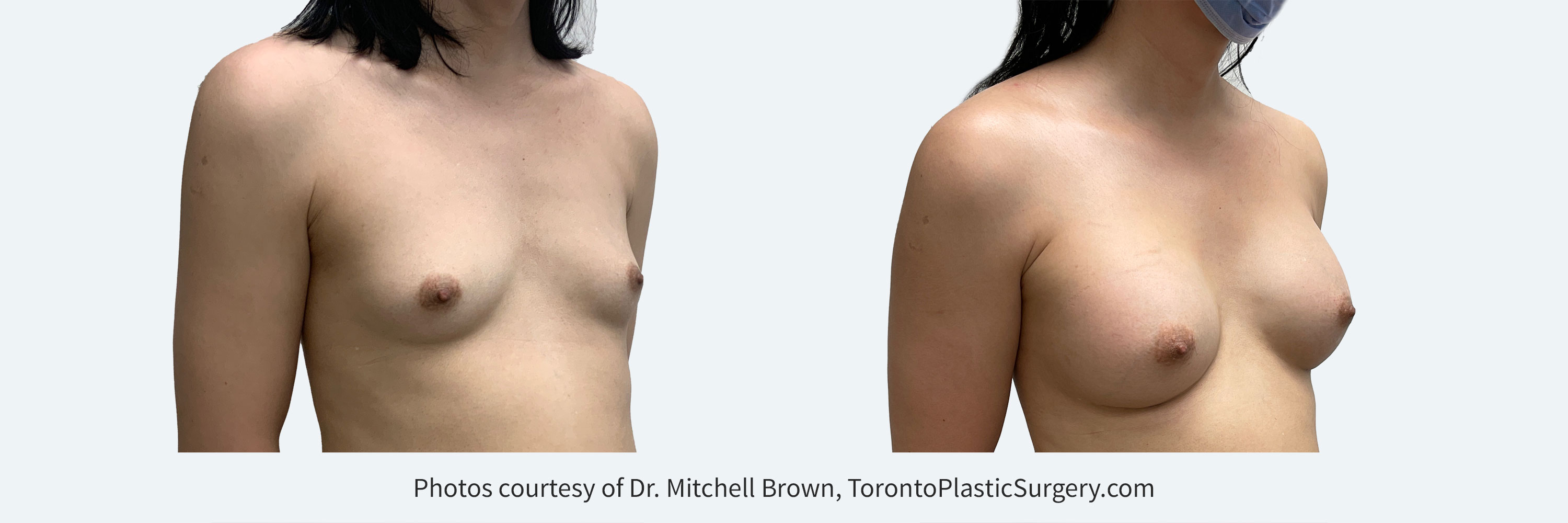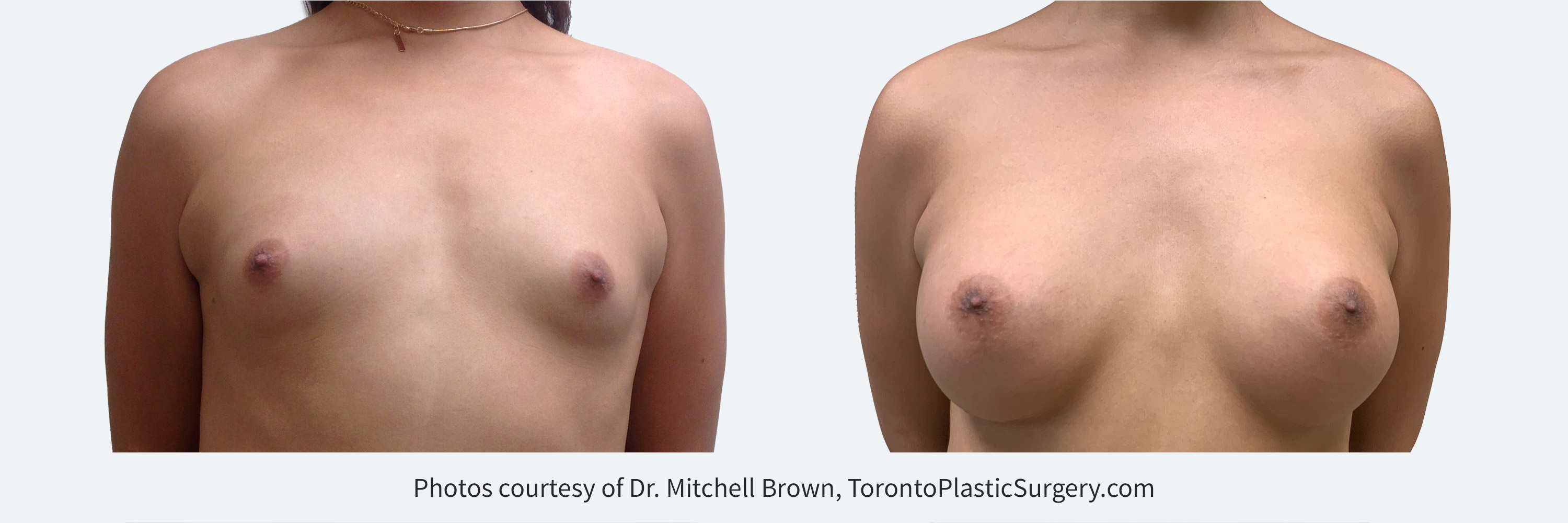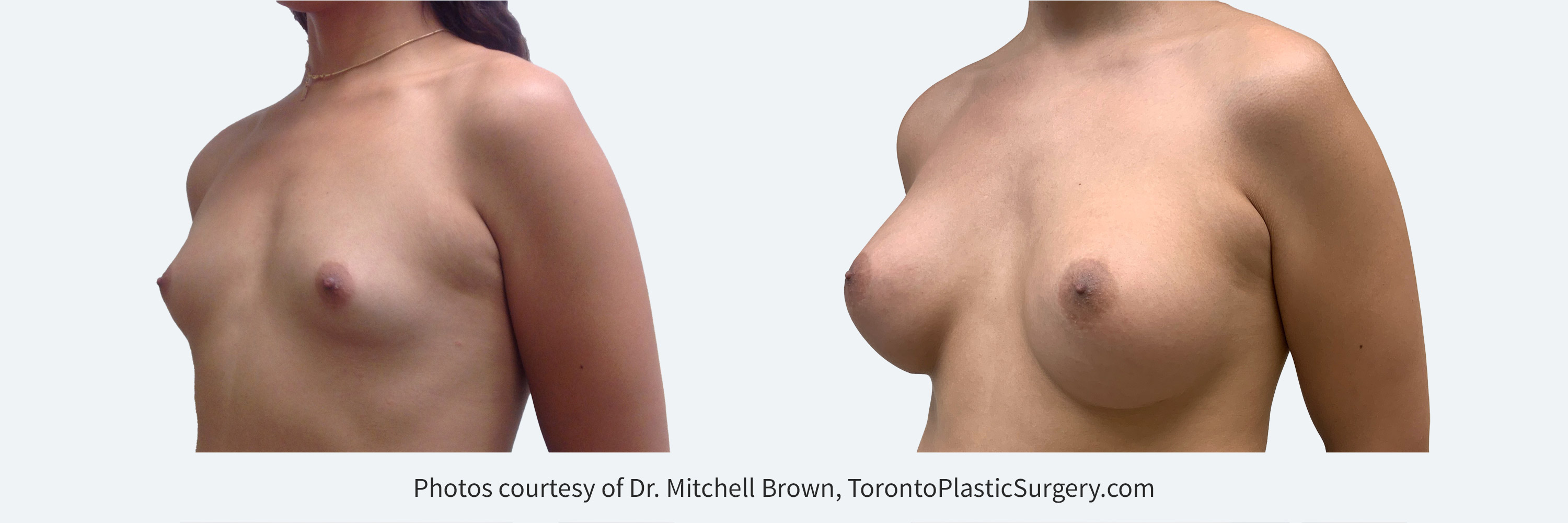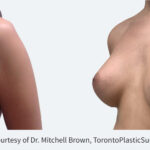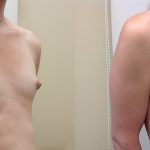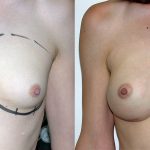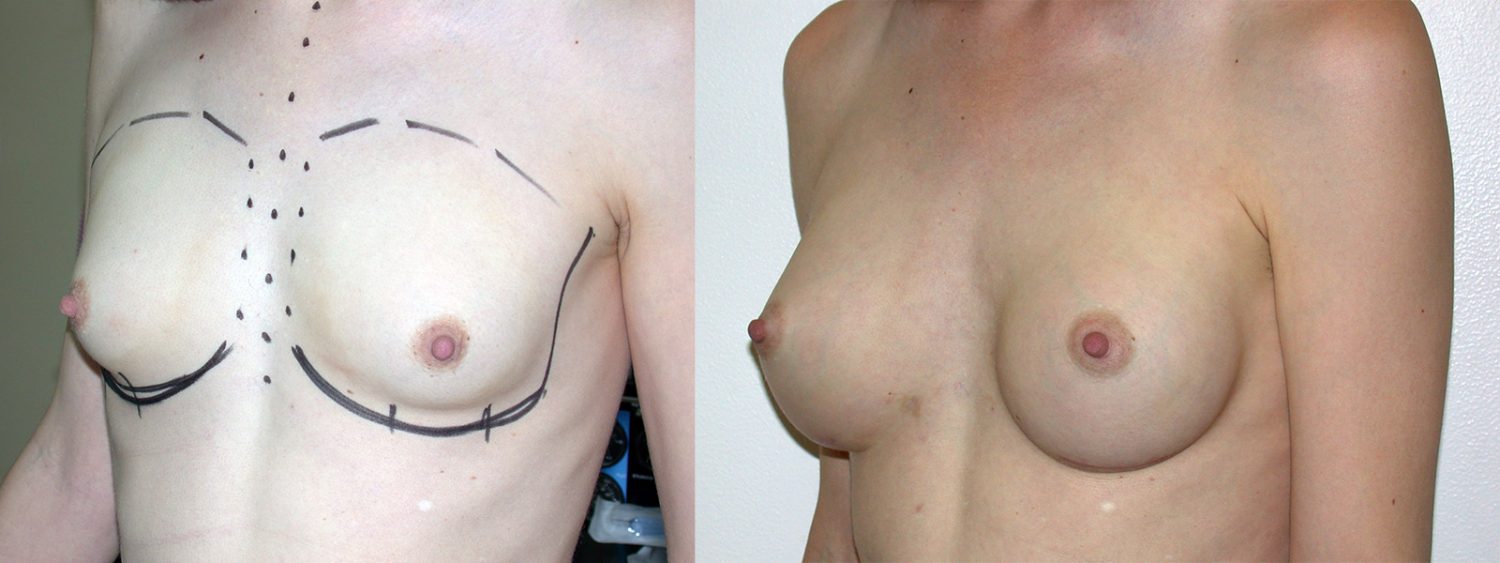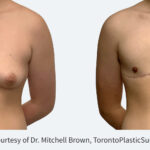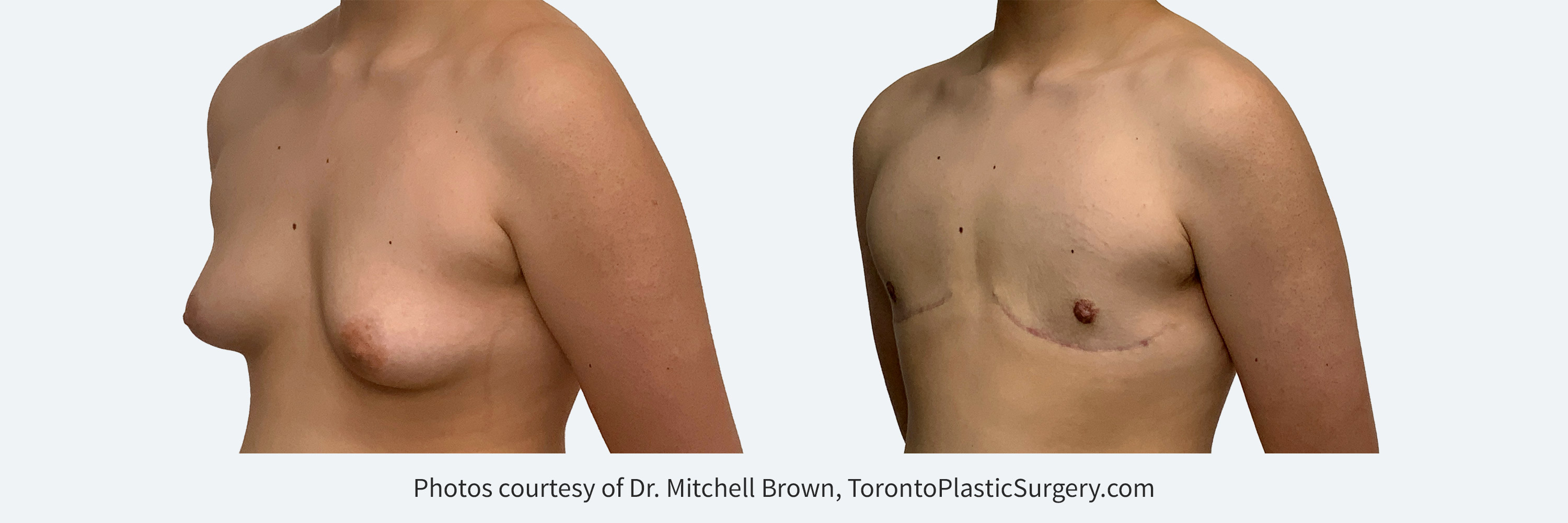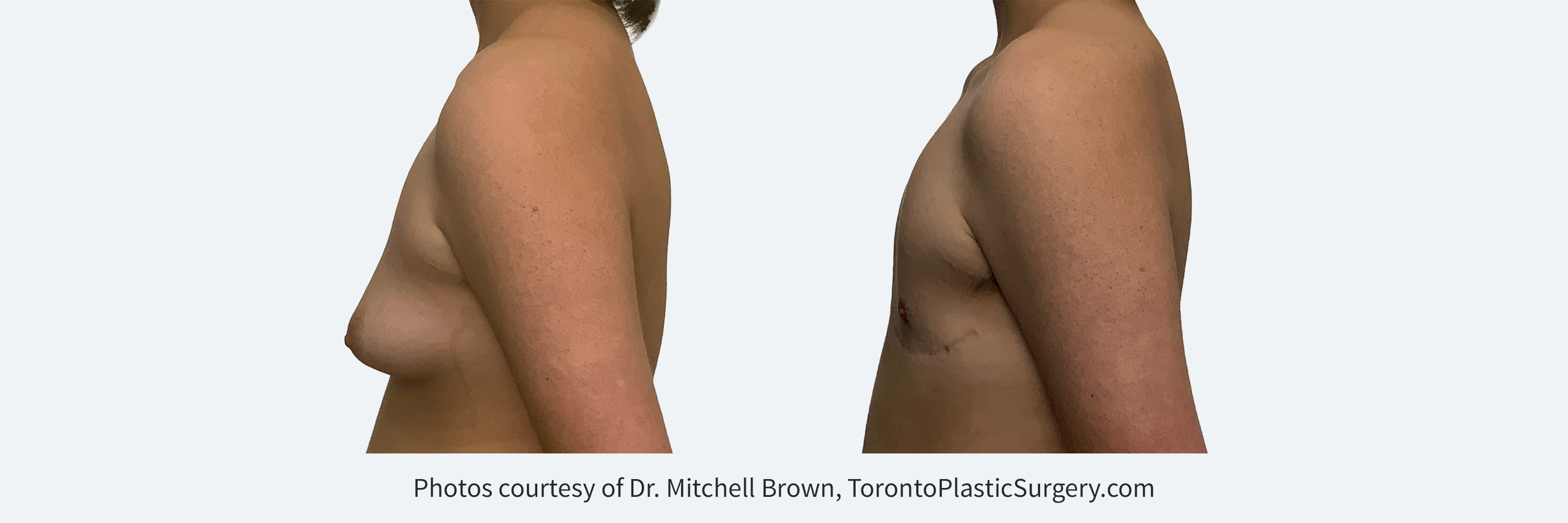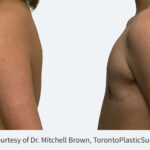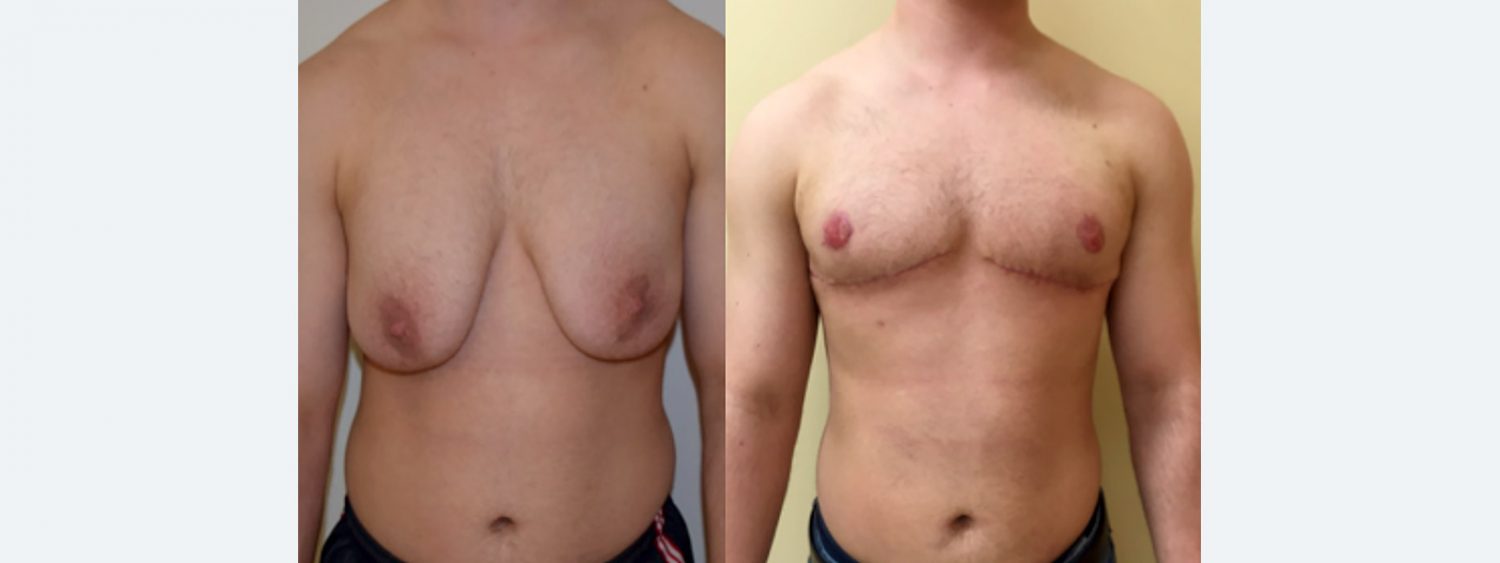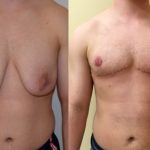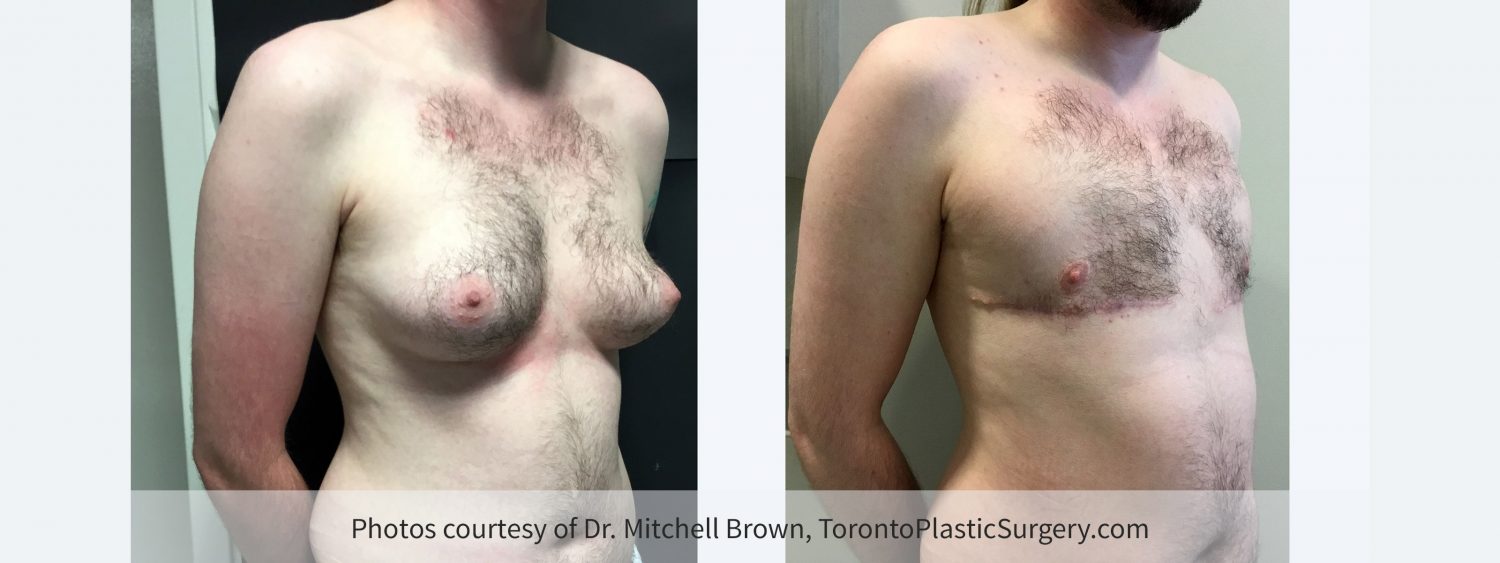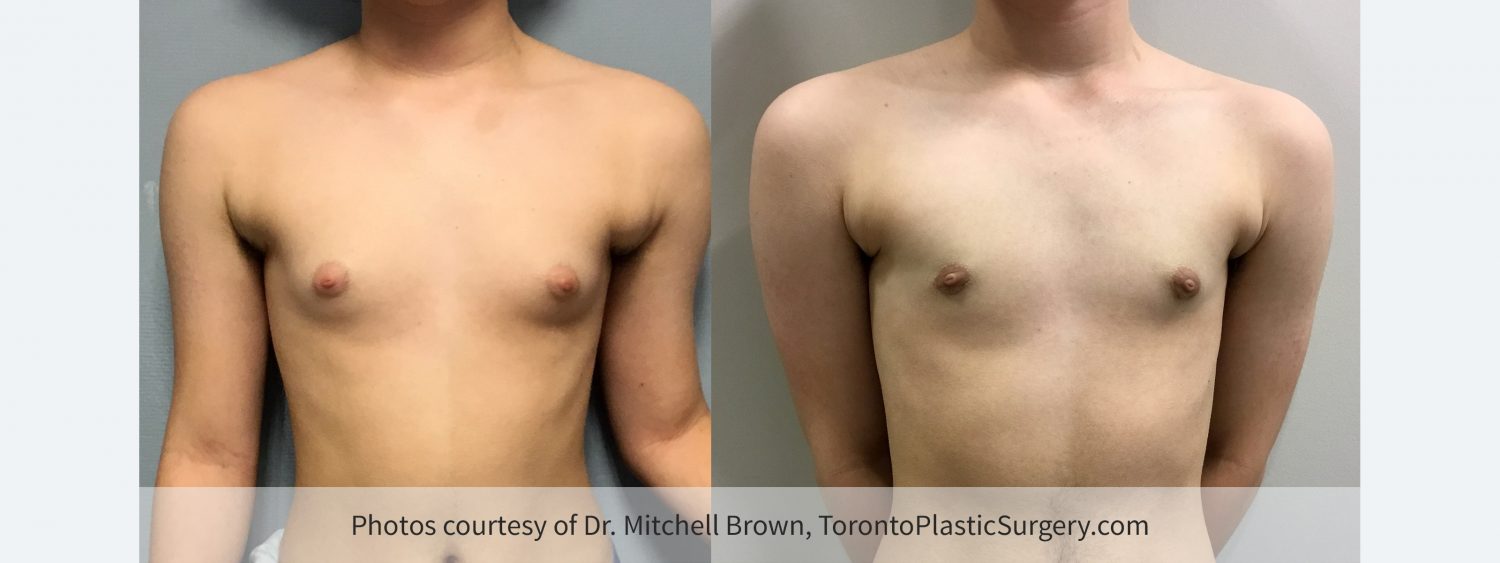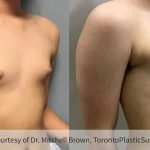Individuals who are undergoing the process of transition each have their own unique goals and expectations. The process of transitioning will be different for each patient and involves care provided from a variety of health care professionals. Surgery plays a role in that process. Plastic surgeons have the ability to assist in a wide array of gender confirming procedures to include surgical and non-surgical facial procedures, breast and chest surgery, as well as genital surgery. Surgery aims to produce a successful cosmetic and functional result, with minimal complications, that align with the individual’s unique goals and thus, helps to alleviate gender dysphoria.
At Toronto Plastic Surgery, we have been involved in the care of patients undergoing transition procedures for over twenty years. Our staff is sensitive to the needs of the transgender community including their unique hopes, dreams, concerns and worries. You will find everyone you speak to on the phone and in person to be dedicated to your personalized care and comfortable recovery.
Raw Talk Podcast: “Trans Health: True to Self”
In April 2020, Dr. Brown spoke on Raw Talk Podcast about the Transition-Related Surgery Program, the first public hospital-based surgical program in Canada focused on providing safe and timely access to transition-related surgical care. His segment begins at the 28-minute mark.
Top Surgery – Feminine Chest Contouring
The creation of a female chest contour means different things to different people. Most commonly, this involves augmenting the size of the breast to create a breast shape that is in better proportion with the rest of the body. This is typically performed with the use of breast implants, although in some patients, the breasts can be augmented with the use of transferred fat.
Often transgender women begin the affirmation process through the use of feminizing hormone therapy, which can stimulate breast growth. This growth is often inadequate to meet the patient’s goals. It is important to recognize that breast augmentation performed for trans females has unique differences from a breast augmentation performed on a cisgender female. Not only is the underlying muscle anatomy different but there will be other aspects of feminization to address including appropriate size of the nipple and areola complex as well as the removal of unwanted hair and chest wall fat. There is a myth that transgender patients typically seek unnatural breasts; in reality their requests are as varied as those of cisgender women, ranging from a subtle and natural change to a look that is fuller and more obviously surgical.
There are several important anatomic differences between cisgender female and transgender female augmentations that often go unrecognized by patients and surgeons:
- The rib cage and breasts of a trans woman are usually wider than that of a cis woman of similar height and weight. To create an ideal breast shape and to have that breast fit on the chest wall means that the surgeon must take multiple, precise measurements, and select from a wide range of implants. While this “dimensional planning” is important in all breast augmentations, it is particularly important in the trans female patient.
- A transgender woman’s nipples are usually situated more to the outside of the breast mound. This affects where the implant should be placed so that the nipple ends up relatively centered on the breast mound.
- A transgender woman’s nipples are also usually situated low on the breast mound. The ideal breast has about 55% of the breast volume below the plane of the nipple and 45% above. While sometimes the implant needs to be placed below the natural crease of the breast in a cisgender woman to achieve that balance, it is necessary far more often in the transgender patient. That position is critical to the result and must be planned exactly. Failure to properly determine where to situate the bottom of the breast and to keep the implant in that position are the two factors that account for most of the suboptimal results in transgender breast augmentation.
- Transgender patients usually have thicker and tighter skin. Delete this line:(Years of fluctuating breast size from monthly periods, weight changes, gravity, genetically thinner skin, and of course the substantial stretch with pregnancy can all thin skin further.) This tighter skin often results in breasts that are somewhat fuller and perkier, especially in the upper portion of the breast.
- The pectoralis major muscle is often (but not always) thicker in a transgender woman. Rarely is it thick enough to create a problem; it just requires a greater level of attention to anesthetic and technical considerations during surgery. There may be a greater tendency for the muscle to push the implants slightly down and out over time, though this also can be an issue for cisgender patients.
Fat Injection for Transgender Breast Augmentation
Many transgender patients enquire about liposuction contour the waist and hips and help feminize the torso. Sometimes this fat is transferred into the buttocks or outer thigh. This fat can also be used for the breast. In most patients, fat alone does not produce a breast of adequate size, but it can help widen a breast that responded very well to hormones. It also can be used in conjunction with an implant to conceal the implant edges and make the breast look more natural than it might with an implant alone.
Click here for more information on breast augmentation.
Top Surgery – Chest Surgery
For many transgender and nonbinary individuals, chest surgery is essential and medically necessary to alleviate gender dysphoria. Thus, many patients request mastectomy with or without nipple areolar reconstruction. The goals of chest surgery are to create an aesthetically pleasing chest contour through the removal of breast tissue and excess skin. Chest surgery often includes reduction and repositioning of the nipple and areola. With many more patients identifying as gender fluid and nonbinary, chest surgery has evolved into a procedure that is tailored to meet a patient’s own goals. This will be discussed with you in detail at the time of your initial consultation.
The type of surgery offered will depend on the amount of tissue that is to be removed, the position of the nipple and the quality and amount of excess skin. Every effort is made to perform the surgery with as few visible scars as possible. The most common approaches include the “Keyhole” or “Periareola” procedure that involves a small incision made around the border of the pigmented areola skin, or the “Double Incision” procedure that involves the removal of the excess breast tissue and skin with or without the repositioning and resizing of the nipple and areola. This approach leaves a scar in the crease at the lower border of the pectoral muscle and a second scar around the border of the new areola if nipple areolar reconstruction is requested. Delete this line: In larger breasts a small vertical scar may also be recommended.
Adjunctive procedures, including lipocontouring of the chest wall and the use of internal shaping sutures, may also be indicated to optimize the appearance of the chest and meet your specific goals.

Top surgery is performed under general anesthesia and you will be able to go home the same day. Drains are typically used and you will be asked to wear a thin compression garment for several weeks to assist with your recovery.
Following surgery, patients often state that they have an improved level of confidence and quality of life. Surgical satisfaction is reported to be very high and a significant improvement in gender dysphoria-related mental health conditions has been found.
Facial Procedures
Patients will often consider a variety of facial procedures as part of the process of transition. These procedures may be either surgical or non-surgical. The specific treatment plan will be tailored to the individual’s goals and needs. Examples of common procedures include:
- Alteration of scalp and facial hair patterns
- Adjustment of the facial structure through surgery on the facial skeleton or the use of facial implants
- Injectable fillers for facial contouring
- Laser therapy for hair removal, skin pigmentation, or improvement in skin texture
- Skin care program for skin health and appearance
Bottom Surgery
Genital surgery (also referred to as “bottom surgery”) is an involved procedure requiring the participation of several health care professionals. It is important that this be performed in a center with experience managing patients undergoing transition. This option is now available in the Province of Ontario at Women’s College Hospital in Toronto.


